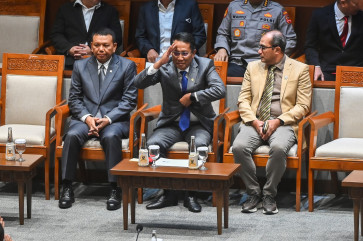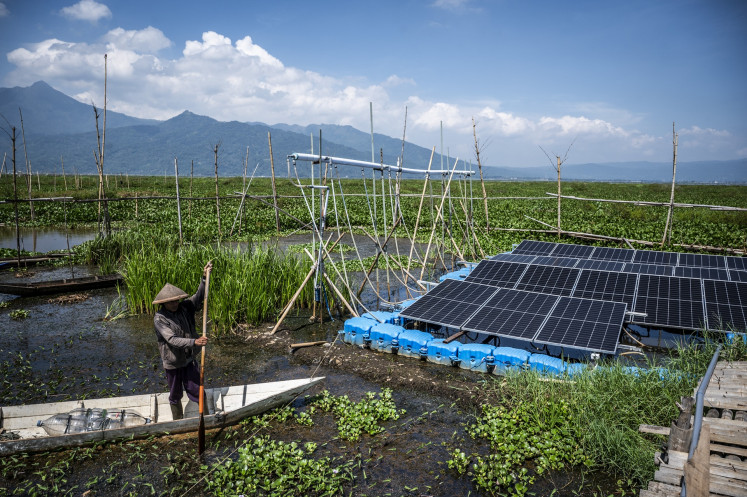Popular Reads
Top Results
Can't find what you're looking for?
View all search resultsPopular Reads
Top Results
Can't find what you're looking for?
View all search resultsADB provides $60 million for Myanmar's power distribution development
Some 480,000 households in four regions in Myanmar will have better access to a more reliable supply of electricity to support their daily activities with a US$60 million loan from the Asian Development Bank (ADB), the first project loan since re-engaging with Myanmar, which will rehabilitate sections of the countryâs power distribution network
Change text size
Gift Premium Articles
to Anyone
S
ome 480,000 households in four regions in Myanmar will have better access to a more reliable supply of electricity to support their daily activities with a US$60 million loan from the Asian Development Bank (ADB), the first project loan since re-engaging with Myanmar, which will rehabilitate sections of the country's power distribution network.
'Access to electricity is crucial to development. Repairing and strengthening existing electricity infrastructure will help reduce system losses, use resources more efficiently and connect more people to the electricity grid more quickly,' ADB vice president Stephen Groff said in an official release on Monday.
Technical and non-technical losses from Myanmar's aging distribution system were as high as 18.2 percent in 2012, meaning almost a fifth of all power generated was lost before reaching customers.
ADB's loan will fund rehabilitation works to carry electricity more efficiently, including upgrading of existing 66/11 kilovolt (kV) and 33/11 kV substations, replacing existing 33 kV and 11 kV distribution lines, replacing existing 11/0.4 kV transformers, and upgrading to digital revenue meters.
The loan will also replace tangled knots of existing bare low voltage distribution lines with more efficient aerial-bundled conductor lines. The project will reduce distribution loss by 4 percentage points.
Improving distribution in Yangon, Mandalay, Sagaing, and Magway regions should reduce system losses and subsequently provide increased opportunities for large industries and small and medium-sized enterprises to expand their services, enhance living conditions, and improve services at community facilities like clinics or schools, which should contribute to economic growth and poverty reduction.
The country's average electrification ratio has increased, growing from 16 percent in 2006 to 28 percent in 2012. Yangon City has the highest ratio at 72 percent, followed by Nay Pyi Taw at 65 percent and Mandalay at 35 percent. Only about one in five rural households are connected to the electricity grid.










